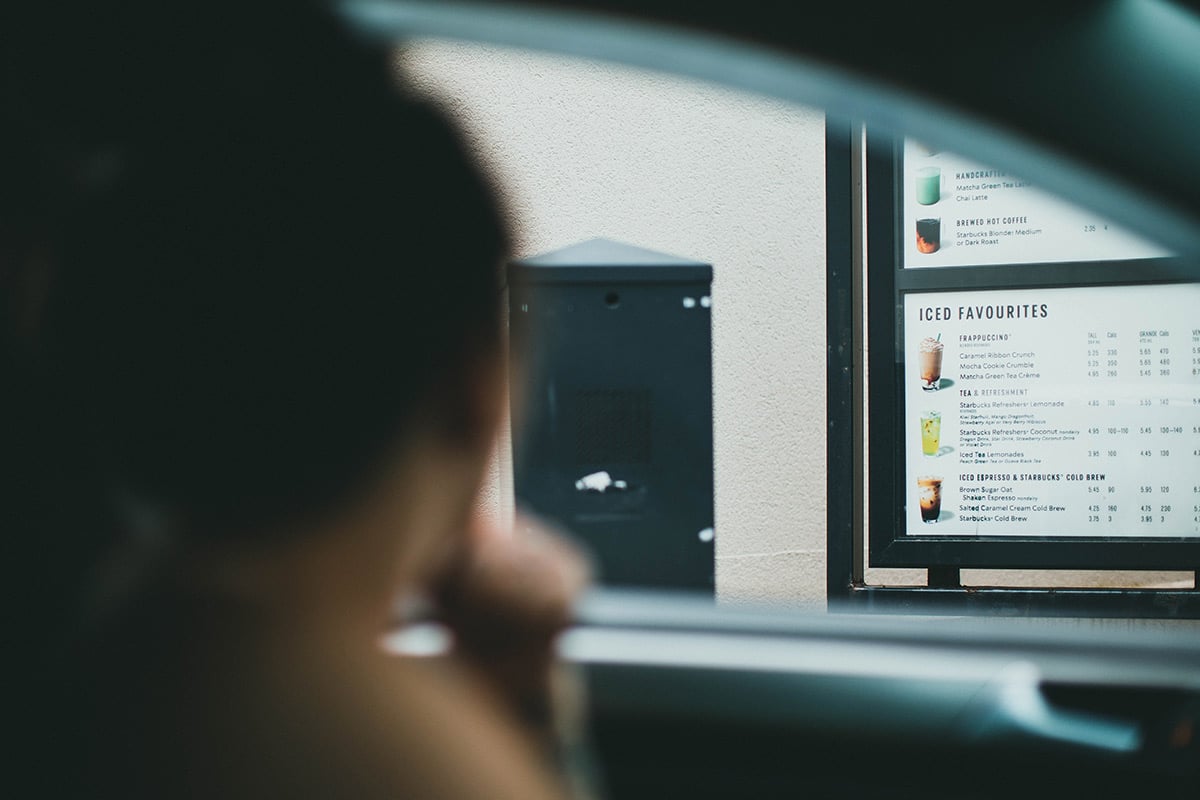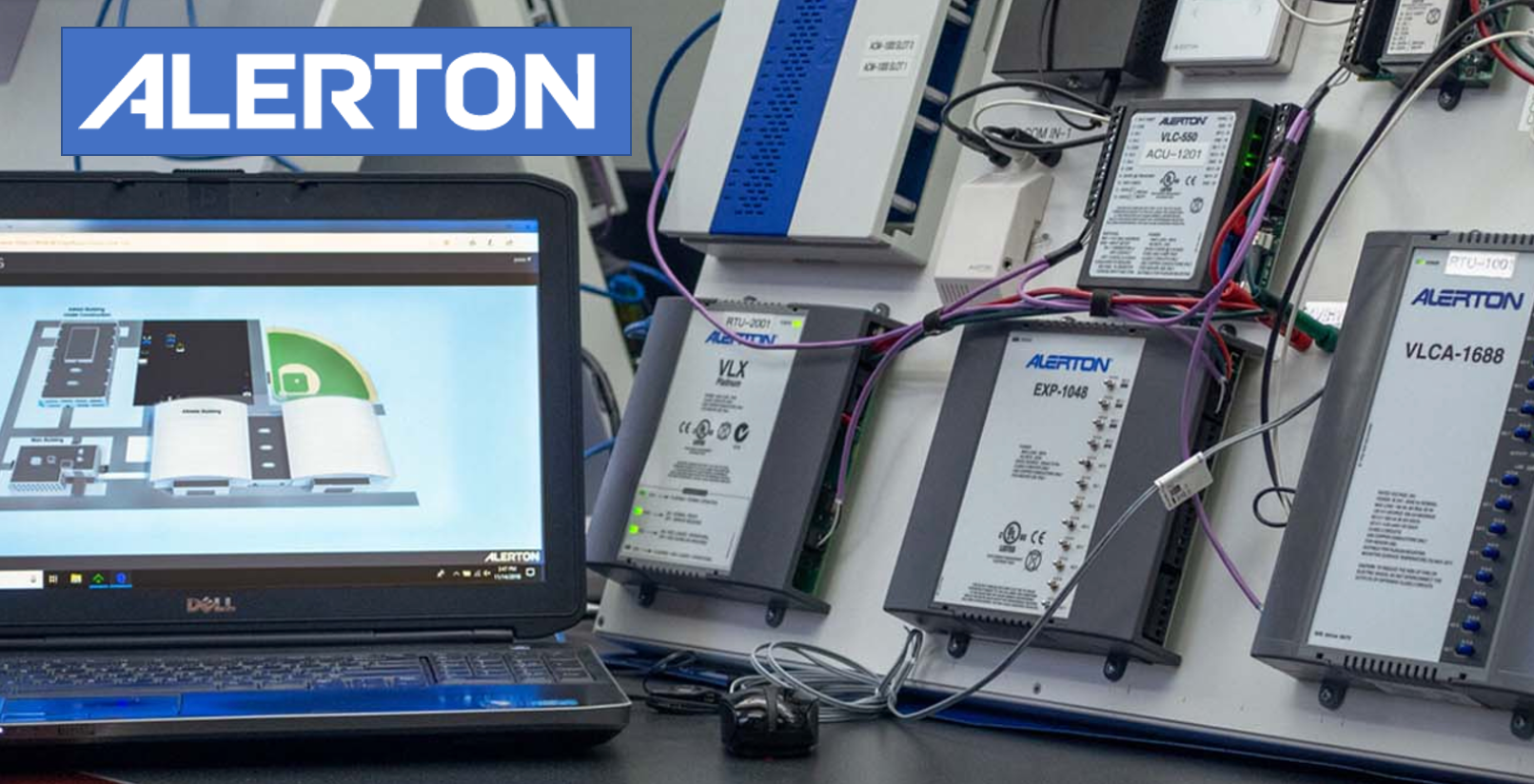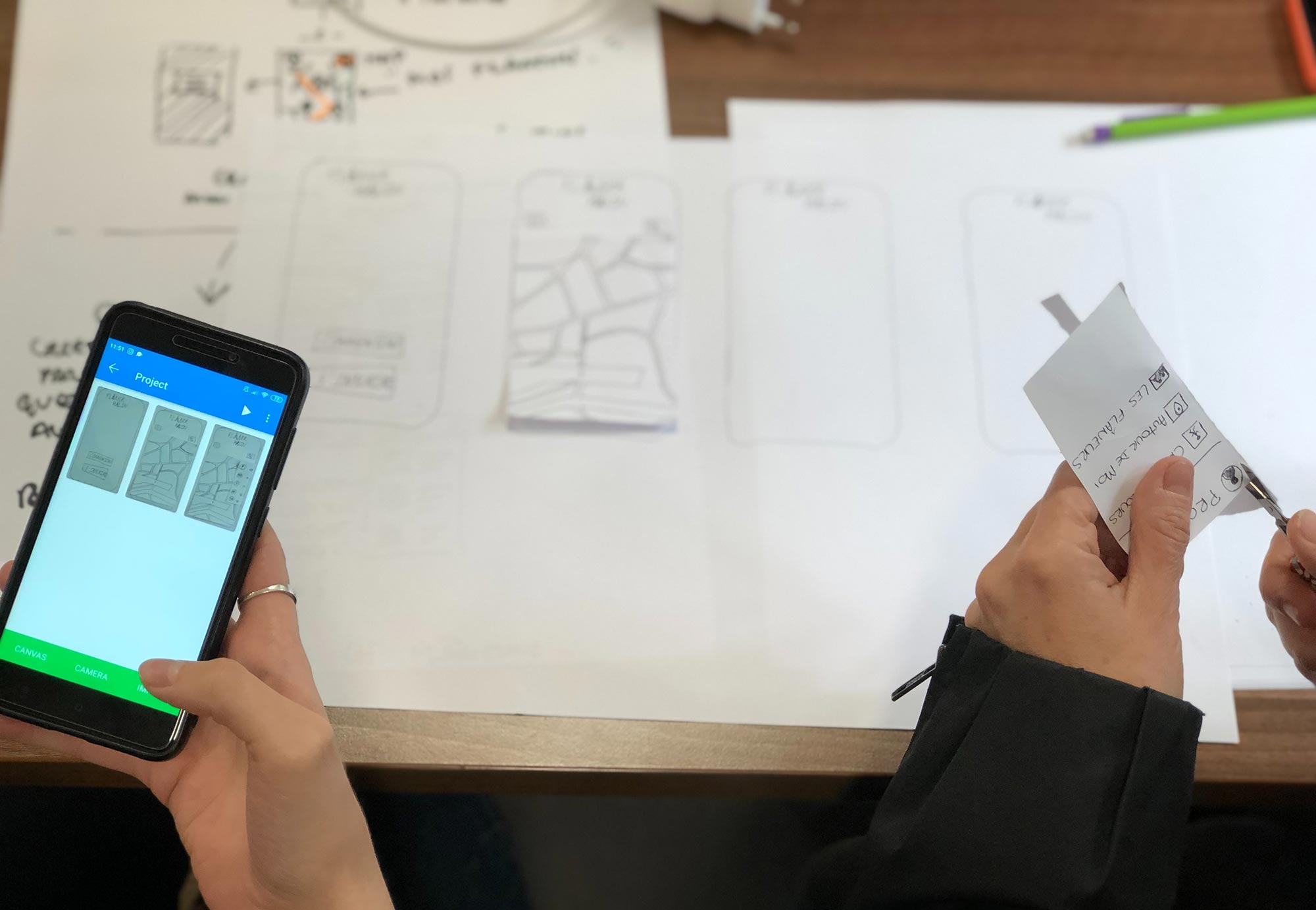End users don’t care much about the technologies we use or the methodologies we rely on for development. But they do care about their experiences. Everyone knows this, and when it’s time to market products and services, we remember. But when we’re designing solutions, whether they’re consumer-oriented or B2B, it’s often forgotten.
In this post, we’ll talk about how digital experience innovation is the key differentiator for modern businesses. It’s not just how end users decide which of several functionally interchangeable offerings they prefer; it’s how businesses can create whole new categories, and the audiences and customer bases that derive from them. We’ll also examine what digital experience innovation looks like on the ground, and how companies should pursue it.
Experience: the future of differentiation
As the world digitizes, digital functionality loses value as a differentiator. Best practices in a space are now easy to identify and relatively simple to implement. The best-performing companies will achieve this first, and many digital transformations and technical transitions will be full or partial failures. But that was true of having a business website 15 years ago; now, everyone has one, and even a very good website can no longer be a decisive differentiator on its own.
This is true of all technical advances; they lose their capacity to differentiate, become commodified, and enter a market of near-identical alternatives. Customers don’t view them as differentiators, and choose them as carefully as you might choose building lumber or engine oil; some may have special features, but all are suitable for the same purpose and ultimately are largely interchangeable. None is capable of disruptive performance improvements.
How do you achieve differentiation?
As consumers, we’ve already encountered these types of products. If you’ve used PayPal at checkout, you’ve encountered an innovative, integrated digital system being used to create new customer experiences. This is digital experience innovation, and it’s the key to future differentiation in a digitally crowded marketplace.
Seamless and easy: characteristics of innovative digital experiences

Innovative digital experiences are characterized by seamless integration and ease of use. At the consumer level, users don’t worry about whether to use them or not, they simply fall into the habit. PayPal checkout is a good example: once you try it you tend not to go back, because all the alternatives are more difficult to use or deliver poorer results.
Ecommerce customers can make purchases extremely quickly and easily, without entering credit card information or billing or mail addresses, because all that data is already stored with PayPal. The features are data storage and retrieval, with a bunch of APIs to connect that functionality across checkout flows and ecommerce hosts. But users are so far removed from the process that almost none of them could tell you how it works, or care less. It hasn’t been offered as an innovative new feature, but as a preferable experience.
In the same way, Starbucks customers are using a sophisticated system that links digital checkouts at physical locations with the company’s payments system, customer data storage and retrieval system, and other tools. But when you drive up to the drive-thru window, flash your phone at the cashier and drive away, there’s no reason for you to know that — any more than most folks know what’s really happening under the hood of their car. The innovative experience of controlling your own journey and taking your own route in comfort was what sold cars, not the features of the internal combustion engine.
Tech is no different. End-user experience conquers all, and it’s innovation here, not in features or infrastructure, that will give businesses the power to differentiate themselves and lead markets — or even create them.
In fact, experience innovation underlies the success of many tech giants, and explains the efficacy of category design marketing.
Amazon, Apple, IBM: experience innovation or category design marketing?
Category design marketing is the process of creating your own category, where there’s no real competition. When Samsung brought out a smartphone, that was product marketing. When Apple brought out the iPhone, that was category design: there was no such device before, and the nearest competitors were digital organizers, laptops, and Blackberries.
Amazon’s category design was similar: it’s Sears, Roebuck on the internet, and the combination of massive product range and cohesive customer experience makes it unique. Whatever you want, you can buy it on Amazon and have it delivered the next day.
IBM’s category design was in some ways even more innovative; it created the personal computing market as we now know it. Though four years elapsed between the first ‘home computer’ and the IBM PC 5150 in 1981, early home computers were often sold as kits and in some cases had no applications; after you built it, you had to write your own code in BASIC. That’s a hobbyist’s toy or a developer’s tool (if you’ve ever written BASIC, you’ll know what I mean). The IBM PC created a new category: a home computer a normal person could use for normal things. The world never looked back, and neither did the IBM corporation which had the category to itself until the Apple Macintosh came out in 1984.
Each of these innovations at first appears to be a technical innovation. In some cases, a considerable amount of technical improvement was required; for the time, the iPhone is impressive. Amazon doesn’t have a single technical ‘quantum leap,’ but its relentless focus on data-driven optimization is at the core of its growth and dominance. The IBM PC wasn’t substantially different from other early personal computers, and considered solely as a computer it was arguably an inferior product to some of its competitors.
Consider the experiences these new offerings are meant to deliver, rather than the technology that facilitates that experience, and everything becomes obvious. The iPhone puts the internet in your pocket. If you’re reading this on your phone, you know first-hand how appealing that is. IBM brought computing into the family home, the school, the office — and the university, where several were linked together to create DARPA, the precursor to the internet. And if one of the other tabs you have open right now is Amazon, well, that speaks for itself. The product doesn’t matter. The experience does.
From product to experience: development and design
Innovative experiences don’t purely consist of innovative technical developments, but they often require them. The iPhone was primarily an experience, but new technology and infrastructure was required to support that experience. Someone had to build the back end too. It’s the same with every innovative experience: behind it lies supporting technology, configured with the experience in mind even where the technology itself is not inherently new.
Abercrombie and Fitch illustrate this point well. With their sales slumping as stores like H&M ate into their customer base, A&F could have turned to technology for a solution; many brands attempted to migrate online as in-store sales fell, with mixed results. Instead, A&F revamped their in-store experience, creating something that mixed the most desirable elements of the digital and in-store purchase.
Visitors can use the Fitting Room Suite to try on clothes with their friends, but also to take pictures and Snaps of each other, change the lighting and background sounds to suit outfit colors, and charge their phones.
The technology to do this isn’t innovative, but offering customers the kinds of experiences they value about online shopping, but in person, is.
Spotify is doing something similar: Spotify is a music streaming service, but a large part of its appeal is that it lets users share their playlists with others. (You also don’t need a Spotify account to listen to someone’s playlist, a major selling point over totally paywalled services.) However, Spotify has also created a synching playlist service that means you can synch playing and share a playlist in real-time; ideal for people who are doing an activity together like skiing or bike riding. Again, the technology to make this possible is long-extant, but users don’t care about that: it’s the pleasurable new experience they’re concerned with.
How we’ve been innovating experiences
We worked with Honeywell, a supplier of Building Automation and Control networks (BACnets). BACnets are a prime example of a commodified product: most customers shop on price and reliability, and most end users — that’s you and me — only notice they exist at all when they fail, which is rarely.
These systems rely on wired hardware that monitors and controls building systems, and which are in turn monitored and controlled by building managers or property managers. That sounds simple, but it masks a user experience nightmare. The control system was not just clunky and old-fashioned: someone actually had to climb a ladder to the HVAC unit to access data or control the system.
When we started working on this problem, we saw an opportunity: to innovate experience, not just make the same tool work slightly better. That meant being guided by experience considerations right from the start — from the ground up, you might say.
Instead, we built a Bluetooth-enabled mobile app that allows users to connect with, control and extract data from the HVAC system, with no climbing required.

We took user experience as our starting point. Our UX team built a visual design and experience workflow that illustrated how users would be authenticated, how they would manage different devices on the network, get information at a glance, and have instant access to a wide range of network data points.
Once the UX was planned out, we started looking into hardware options and architecture plans. Honeywell wasn’t our first BACnet project, so we had some experience to draw on. We used a custom tablet, technically an Android machine but booting directly to the Alerton BACnet controller application, allowing for seamless integration and slashing the time needed to perform operations. But architecture and hardware were chosen for their ability to support the application layer, and that was built with user experience top of mind. Most of the technical choices weren’t particularly innovative, though we made best-in-class selections based on experience and the needs of the project. The user experience, however, was innovative and a major leap from the inconvenience of the previous implementation.
Want to learn more about our Honeywell implementation? Read our case study.
Takeaways
- The future of differentiation lies in innovating experiences, not technical features or infrastructure.
- Previous marketing successes that created new categories of product did so on the basis of innovative experiences.
- The technologies and infrastructure that underlies these experiences may be well-established or experimental. What matters is that they’re adequate to support the experience, which is what end users care about.
- Making experience innovation work means working with designers and developers who can both plan out the desired experience, and make it happen — including selecting or creating the relevant platforms, applications and tools.
















